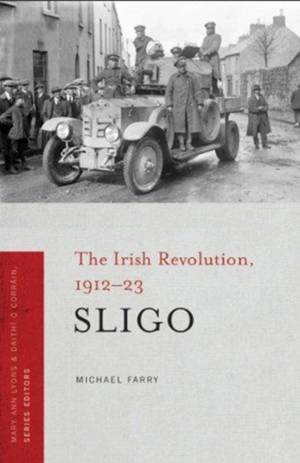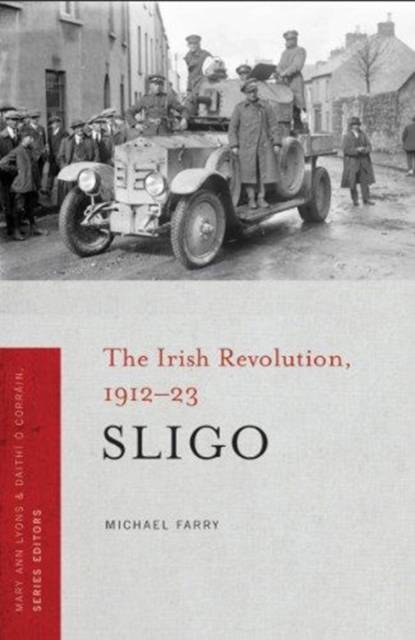
- Afhalen na 1 uur in een winkel met voorraad
- Gratis thuislevering in België vanaf € 30
- Ruim aanbod met 7 miljoen producten
- Afhalen na 1 uur in een winkel met voorraad
- Gratis thuislevering in België vanaf € 30
- Ruim aanbod met 7 miljoen producten
Zoeken
Omschrijving
Using a wide array of sources and interviews, author Michael Farry has produced a balanced, comprehensive, and absorbing study of county Sligo - from 1912, when the Irish Party controlled all political affairs, to 1922-23, when the county saw considerable action during the civil war. This wide-ranging study offers fascinating new insights into the Irish Revolution and details how the county moved from being one of the most loyal to the Irish Party to one of the best-organized Sinn Fein counties. The book looks at how both organized unionism and the strong labor movement in Sligo reacted to the rise of Sinn Fein, its election victory in 1918, and the subsequent truce, treaty, and civil war. Recently released BMH accounts, as well as British military sources, result in a richly detailed examination of the IRA campaign and the British reaction. It examines the superior attitude of the IRA towards 'mere politicians' during the Truce period and explains why Sligo saw so much conflict during the civil war. (Series: The Irish Revolution, 1912-23)
Specificaties
Betrokkenen
- Auteur(s):
- Uitgeverij:
Inhoud
- Aantal bladzijden:
- 192
- Taal:
- Engels
- Reeks:
- Reeksnummer:
- nr. 1
Eigenschappen
- Productcode (EAN):
- 9781846823022
- Verschijningsdatum:
- 6/11/2012
- Uitvoering:
- Paperback
- Formaat:
- Trade paperback (VS)
- Afmetingen:
- 152 mm x 229 mm
- Gewicht:
- 317 g

Alleen bij Standaard Boekhandel
+ 50 punten op je klantenkaart van Standaard Boekhandel
Beoordelingen
We publiceren alleen reviews die voldoen aan de voorwaarden voor reviews. Bekijk onze voorwaarden voor reviews.











